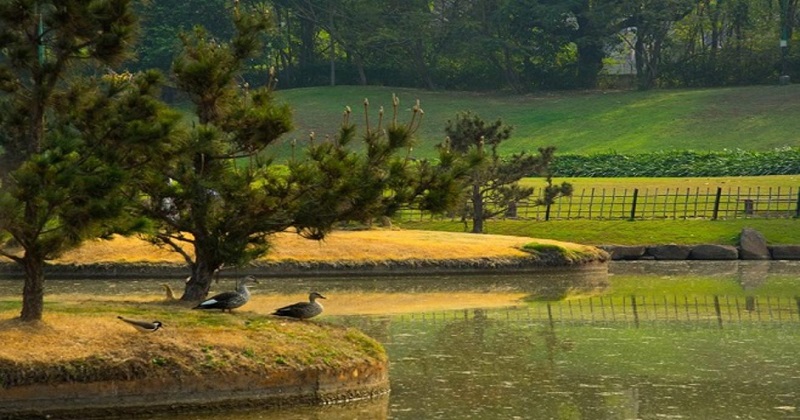
Pashan lake, Pune, a favoured destination for migratory birds and tourists is now on the brink of losing its natural ecosystem due to beautification projects, concretisation and urban development, experts say.
The lake is currently covered with hyacinth, and environmentalists and ornithologists are of the opinion that the bird count at the lake has dropped below 50 per cent.
“There have been numerous news stories on the condition of Pashan lake and issues here. However, no real action has been taken. When the project of beautification of Pashan lake was implemented under the JNNURM scheme, all the microhabitats were destroyed by the project. The bird count has gone down below 50 per cent since its glory days in the 1980s. What you see today are only resident birds like Indian Pond Heron, Purple Moorhen and a few egrets. In the peak of winter too there was almost no presence of Wagtails this year, which were once very common at the lake,” said Dharmaraj Patil, ornithologist, head, environment division, Raintree Foundation.
There is a serious need for all types of auditing of the beautification project, added Patil.
“The lake restoration plan has also been given to PMC, but no action has been taken as of yet. Water hyacinth is just a tip of the iceberg. The natural system is at a collapse and we have to revert the actions taken in the name of beautifying the lake,” he added.
Shreedhar Yeolekar, executive engineer, PMC’s drainage department, said, “The drainage department received an order to work on the removal of water hyacinth last week and since then we have teams on site working. Usually, the water hyacinth is removed by December. We use a spider machine and 10 to 12 nets of 100 sq metres each, which are used to remove the hyacinth. It is a slow process.”
Shrikant Gabale, a geotagger who is checking lakes and rivers said, “Pashan lake is an important element of the green belt, which is under a lot of duress, with concrete buildings and other elements creating hurdles for this lake. Though this lake was man-made, it has a small natural island as its key component which should be protected at all costs. The concretisation and building of gardens, people’s movement and dumping of garbage are adding a threat to its ecosystem.”

Post Your Comments